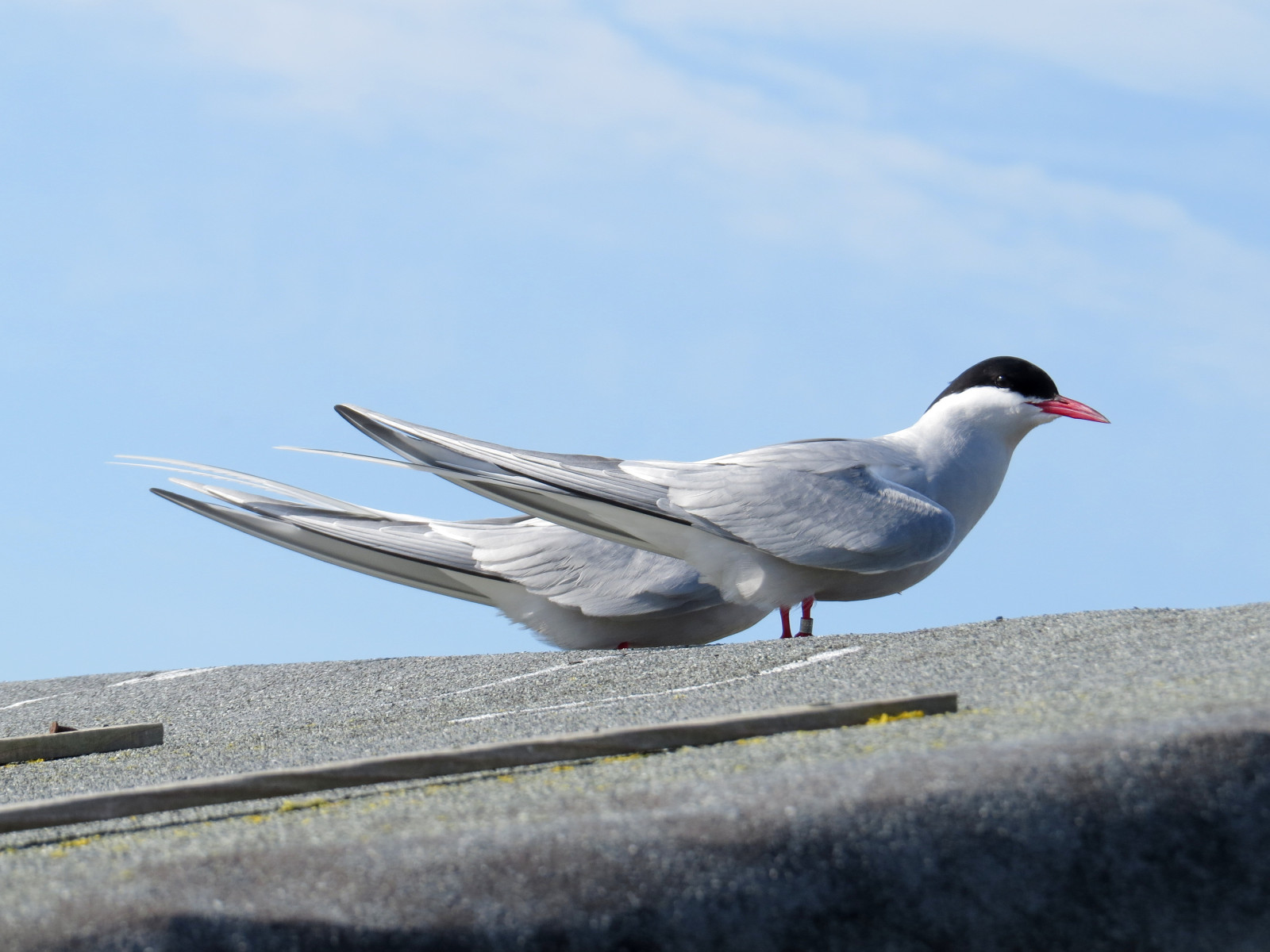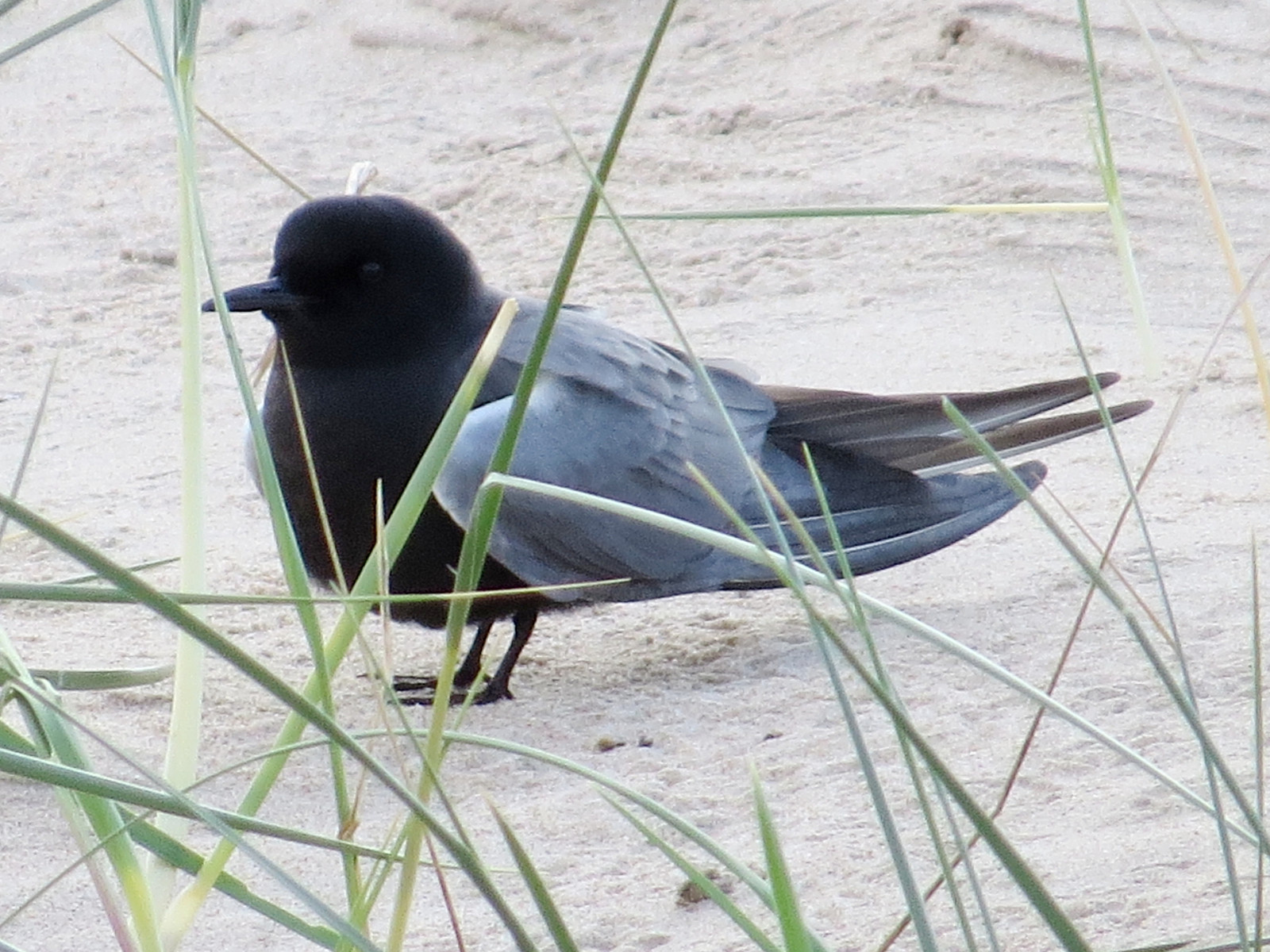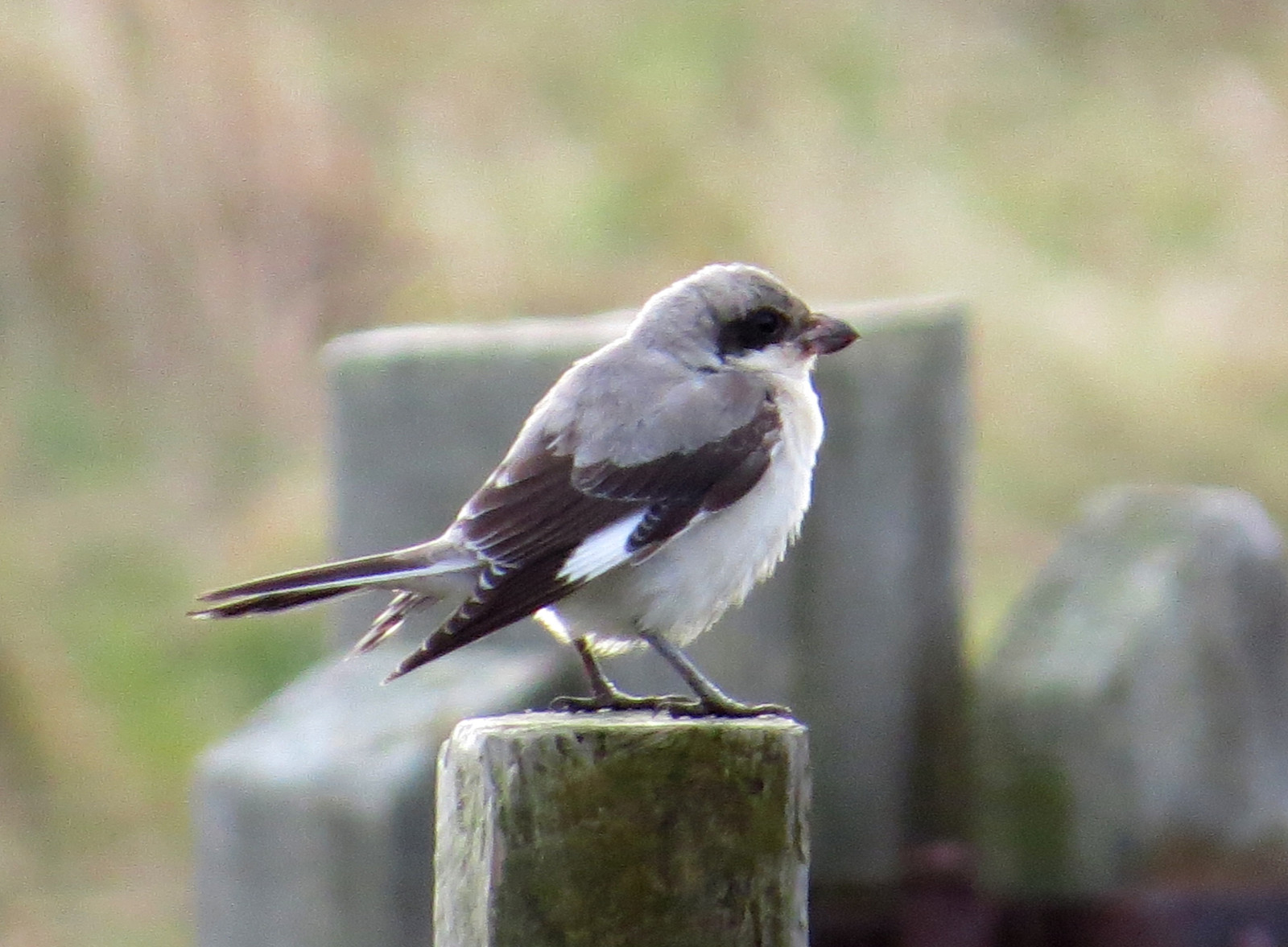Beschrijving
The Long Nanny is notable for its important tern colony on the beach, and for waders using the estuary. In recent years, 1,000-2,000 pairs of Noordse Stern and 30-40 pairs of Dwergstern have bred, and since 2020, a single Zwarte Stern of the American subspecies 'Chlidonias niger surinamensis' has spent its summers at the colony, attracting considerable interest; it has returned in 2025. Dougalls Stern and Grote Stern also visit the colony regularly, but do not breed.
The tern colony is wardened round the clock in summer. Birders are welcome to visit the wardens' hut, where the terns can be seen at close range. The dunes hold breeding Roodborsttapuit and Graspieper, and have good numbers of passage Tapuit and other migrants. In winter, the saltmarsh often holds a Frater flock, which can also attract occasional Strandleeuwerik and Sneeuwgors. Brackish water channels in the saltmarsh attract breeding Bergeend and a good range of passage waders such as Wulp and Regenwulp. Many rarer species have been recorded, including Terekruiter, Kleine Geelpootruiter, Kleine Klapekster (2 records!), Kortteenleeuwerik, and Grote Pieper.
Details
Toegang
The site is a fairly long walk (about 2 km) from the nearest parking. There is no shelter, and no visitor facilities, so come prepared for both sunburn and bad weather! Most of the walk is easy, but some parts (particularly the final 300 m to the wardens' hut viewpoint) are narrow and loose sand. Parking is available at High Newton to the south (£), and Beadnell to the north (free up to 1 hour, then £). Click on a P in the map for directions. Bus X18 (Newcastle-Berwick) to Beadnell, about 2.5 km. The coastal path is open to cycles, but heavy going through loose sand in places; likewise, difficult for wheelchairs and all-terrain mobility scooters (and the path to the wardens' hut not accessible). It is important to stick to the paths; do not cross the ropes protecting the tern colony.
Terrein en leefgebied
Wetland , Vlakte , Strand , Slikken , Landbouw , Verspreide bomen en struiken , Grasland/weide , Rivier , Zee , DuinenOmstandigheden
Vlak , Zanderig , Geen schaduw , Heuvelachtig , Hoog water mogelijk , Open landschap , DroogRondlopende wandeling mogelijk?
NeeTelescoop meenemen?
Kan handig zijnWanneer hier vogels kijken?
Lente , ZomerToptijd voor dit gebied
Voorjaarstrek , Zomer , HerfstRoute
Breed pad , Smal padZwaarte wandeling
PittigToegankelijk via
Te voetVogelkijkhut aanwezig?
JaExtra info
If visiting during the breeding season, please share your sightings with the wardens! They will be happy to help you find other birds in return.



